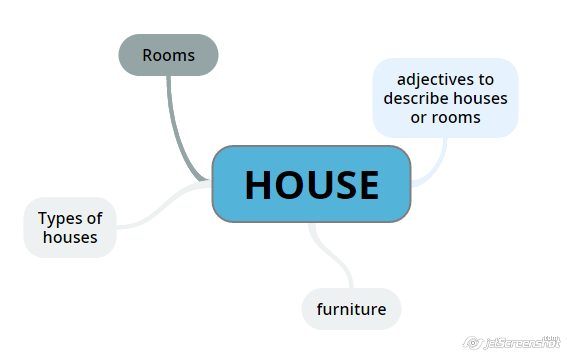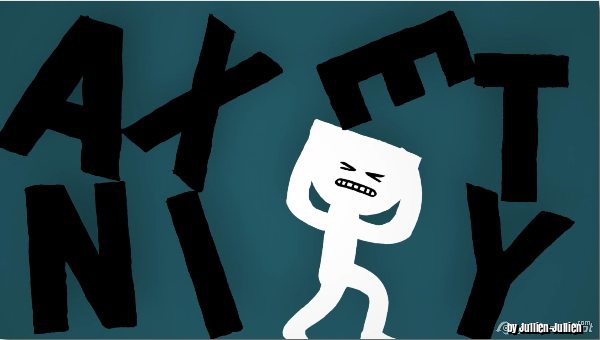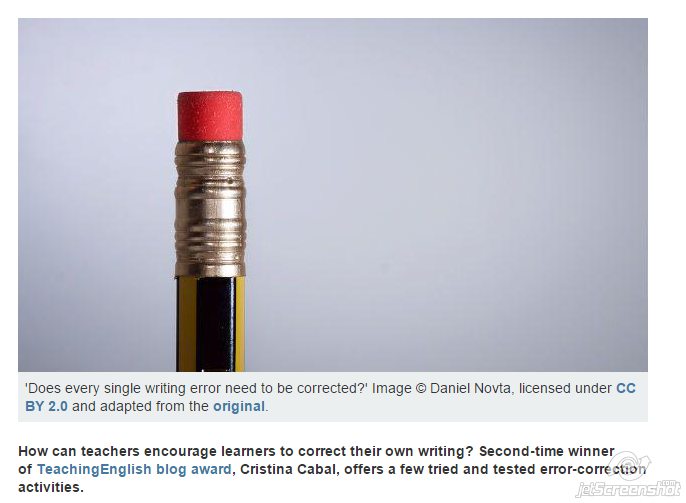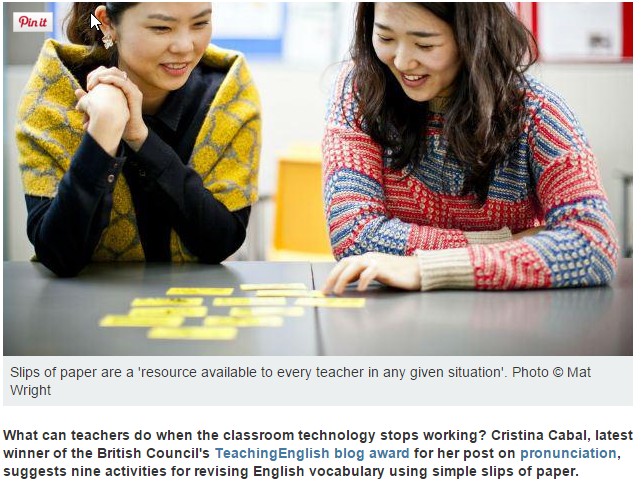This lesson is aimed at students with a language level of B2 (upper-intermediate) and focuses on revising, learning and using vocabulary related to homes, houses and rooms through a variety of engaging activities.

Topic: Houses, homes and rooms
Level: Upper Intermediate and above
Time: 60/90 minutes
Materials: handout 1
Task 1. Revising, introducing and using vocabulary.
♥ Part 1. Mind mapping.
Ask students to work in pairs. Write on the board a mind map as the one below to help them revise vocabulary related to this thematic area. Allow them some minutes to complete their mind maps and get feedback from the whole class, completing the mind map on the board with their suggestions. Then, give them handout 1, explain difficult vocabulary and ask students to talk about the kind of house they live in and their favourite room in the house.

♥ Part 2. A Game
This part requires some preparation. In advance, you need to find two rooms in a house belonging to two famous people.( see mine below)
Ask students to work in pairs. Student A faces the board and Student B sits with his back to it. Display the picture of a room with the OHP (if you do not have one, stick the picture on the board) and ask student A to describe it in as much detail as possible to his partner. Student B, using a clean standard A4, needs to draw the room. It would suggest beginning the description of the room by saying where the big things in the room are: windows, doors, sofas/beds etc….
Once they have finished, they compare with the original and have a good laugh.
Elicit some adjectives of personality and start a class discussion about how a room can reflect the owner’s personality. Ask students to try to guess what kind of person the room belongs to.
After the discussion, surprise your students by telling them it belongs to a very famous person in their country and ask them to guess who this person might be. Show them.
Repeat procedure for student B.
Conjunto de Fichas creado con GoConqr por cristina.cabal
Task 2. Listening and speaking
In this part, students in small groups will talk about some home-related issues. Questions will be introduced by short videos, which will hopefully encourage discussion.
♥ House of the future (I’ll use the first 3 minutes)
After watching, students discuss the video and these questions:
- What will the house of the future be like?
- Will we have robots to help with household chores?
- Do you think houses will be more environmentally friendly in the future?
- Houses use a lot of energy. What things could be done to make houses more energy efficient? What sort of energy do you think will be used to heat our houses?
♥ Renting out your house (I’ll just use the first two minutes of the video)
After watching, students discuss the video and these questions:
- Have you ever used an accommodation sharing site?
- Have you ever rented out a property to tourists? Would you do it? What are the pros and the cons?
- Would you rent out a room in your house to a lodger? Why (not)?
- If you had a property to rent out, what kind of lodger would you prefer and why?
♥ Pallet House Project
The inspiration for the Pallet House Project came from the fact that 84% of the world’s refugees could be housed with a year’s supply of recycled American pallets. With one and a half year of pallet production in the US alone, 33 million refugees can live in a Pallet House.
After watching, students discuss the video and these questions:
- What strange materials do you know of that have been used to make houses?
- Is homelessness a problem in your country?
- How difficult do you think is for homeless people to find a job, or get a house?
- What does your government do for the homeless?
- What can you do to help them?
- Why do you think people become homeless?
I hope you enjoyed the lesson!




